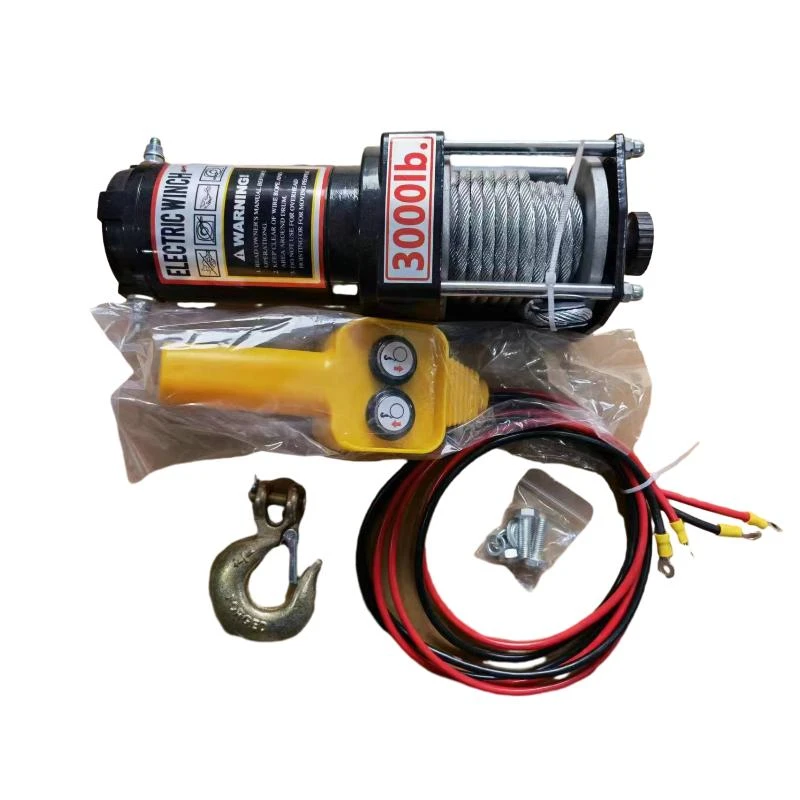


Understanding Fall Protection Types A Comprehensive Guide
In industries where work at heights is a common task, the significance of fall protection cannot be overstated. Each year, thousands of workers suffer injuries or fatalities due to falls, making it essential for employers to implement effective fall protection measures. Several types of fall protection systems are available, each serving distinct purposes and applications. This article will explore the various types of fall protection methods, providing insights into their functions and importance.
1. Personal Fall Arrest Systems (PFAS)
Personal Fall Arrest Systems (PFAS) are among the most widely used fall protection types. These systems typically consist of a harness worn by the worker, a connector (like a lanyard), and an anchorage point. In the event of a fall, the harness catches the worker, reducing the risk of serious injury. PFAS are particularly effective in situations where workers are at significant heights, such as on scaffolding or rooftops. It is crucial that the harness fits properly and is inspected regularly to ensure functionality and safety.
2. Guardrails
Guardrails are a passive fall protection system designed to prevent falls from elevated surfaces. Standard guardrails consist of top rails, mid-rails, and toe boards, and they are often used on scaffolds, rooftops, and around holes in floors. The primary advantage of guardrails is that they do not require the user to engage with them actively; they provide continuous protection without the need for workers to remember to use them. Proper installation and maintenance of guardrails are vital to ensuring their effectiveness.
3. Safety Nets

Safety nets are another passive fall protection method employed in construction and other industries. Installed beneath elevated work areas, safety nets serve as a barrier that catches falling workers or materials. They are particularly useful in locations where it is impractical to install guardrails. Safety nets should be constructed from strong, durable materials and must be inspected frequently for integrity and damage. When placed correctly, safety nets can significantly reduce injury in the event of a fall.
4. Fall Restraint Systems
Unlike personal fall arrest systems, fall restraint systems are designed to prevent a worker from reaching a fall hazard in the first place. These systems typically involve the use of restraining belts or lanyards that limit the user’s ability to travel to unprotected edges or surfaces. They are particularly effective in scenarios like roofing work, where workers need to move around but must remain safely away from edges. Proper training in the use of fall restraint systems is crucial for effectiveness.
5. Positioning Devices
Positioning devices allow workers to remain in a secure location while using both hands to perform a task. These systems often include a body harness and travel restraint lanyards that enable users to work comfortably without the risk of falling. Commonly seen in telecommunications and construction work, these devices help maintain balance and reduce fall risk during operations that require repetitive movements or prolonged standing at height.
Conclusion
The safety of workers should always be a top priority, especially in environments where falls are a risk. Understanding the various types of fall protection systems—Personal Fall Arrest Systems, guardrails, safety nets, fall restraint systems, and positioning devices—is essential for employers and employees alike. Each type offers unique features and benefits that can enhance workplace safety. By selecting the appropriate fall protection method and ensuring thorough training and regular inspections, companies can significantly reduce the risk of falls and create a safer work environment for all employees. Investing in fall protection is not merely a legal obligation; it is a moral imperative to protect the lives of those who labor tirelessly to keep our industries running smoothly.



